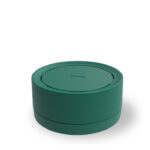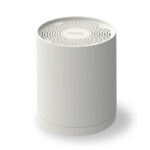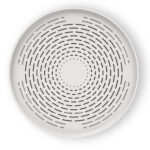Indoor air quality allows us to understand the health status of a building

What is meant by the health status of a building?

The World Health Organization considers a building to be healthy and safe “if it is capable of protecting health, promote the physical, social and mental well-being of occupants through design, construction, maintenance and spatial location that support a sustainable environment and cohesive community.”
In recent years, people have become more and more demanding, and attention to environmental hygiene and air quality has been increasing.
According to “The Global Hygiene Reset” research involving 20,000 people from 20 countries, 79% of people consider air quality a key factor on which to base their choices. For example, the percentage of people who evaluate comments on the healthiness of the facility before choosing a hotel has risen from 40 to 80 percent.
We are the “indoor generation”

In industrialized countries, people spend up to 90% of their days indoors, in which multiple daily activities are carried out that are among the main sources of pollution. In particular, we spend about 20 hours a day in indoor places that very often put our health at risk.
In fact, indoor air is up to 10 times more polluted than outdoor air, and this condition not only poses a danger to the safety of buildings, property, and people, but also has a great impact on public health spending. The health care costs to be incurred include building-associated diseases, the resulting decline in productivity, and missed schooling.
Increasingly insulated buildings are contributing to worsening air quality

The policies of curbing energy consumption and the trend of increasingly insulating buildings are causing indoor air quality to deteriorate, turning the places we live into environments that could do serious damage to individuals’ health.
Excessive insulation of rooms promotes concentrations of pollutants from building materials and increases humidity levels, which, by giving rise to the proliferation of mites and mold, can cause various diseases and respiratory problems.
Let’s not forget that high CO2 levels in crowded environments promote the spread of viruses and bacteria including SARS-COV-2.
The importance of knowing what we breathe

The Ministry of Health defines pollution in indoor environments as: “the modification of the normal composition or physical state of the indoor atmospheric air, due to the presence in it of one or more substances in such quantity and with such characteristics as to alter the normal environmental and health conditions of the air itself and such as to constitute a danger or direct or indirect harm to human health.”
It is necessary for public agencies, businesses and citizens , to implement as soon as possible a constant analysis of indoor air quality within those places they frequent on a daily basis.
Constant monitoring of indoor air quality is the only tool we have to prevent all risks associated with pollution and preserve the well-being of buildings and people.







